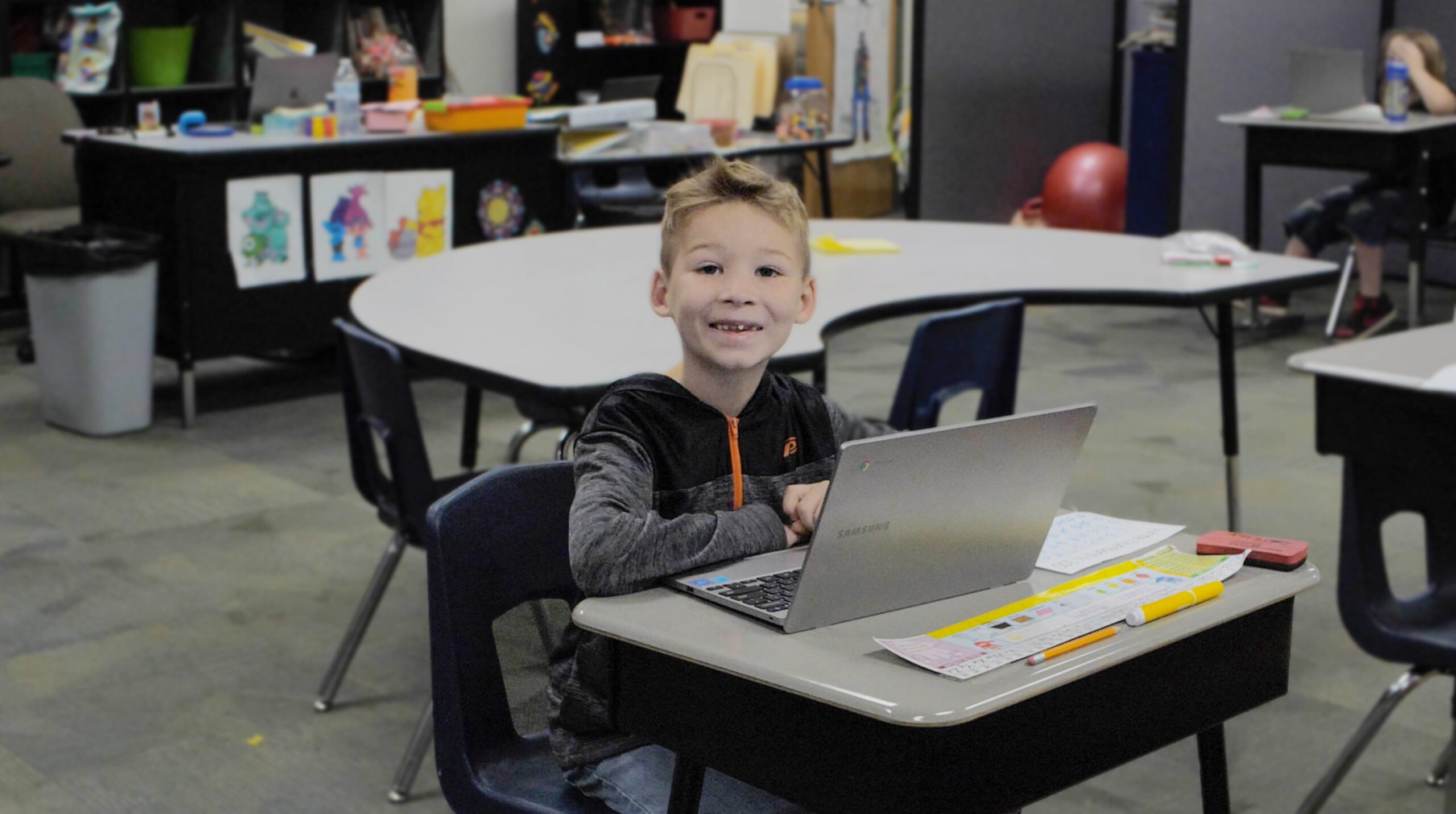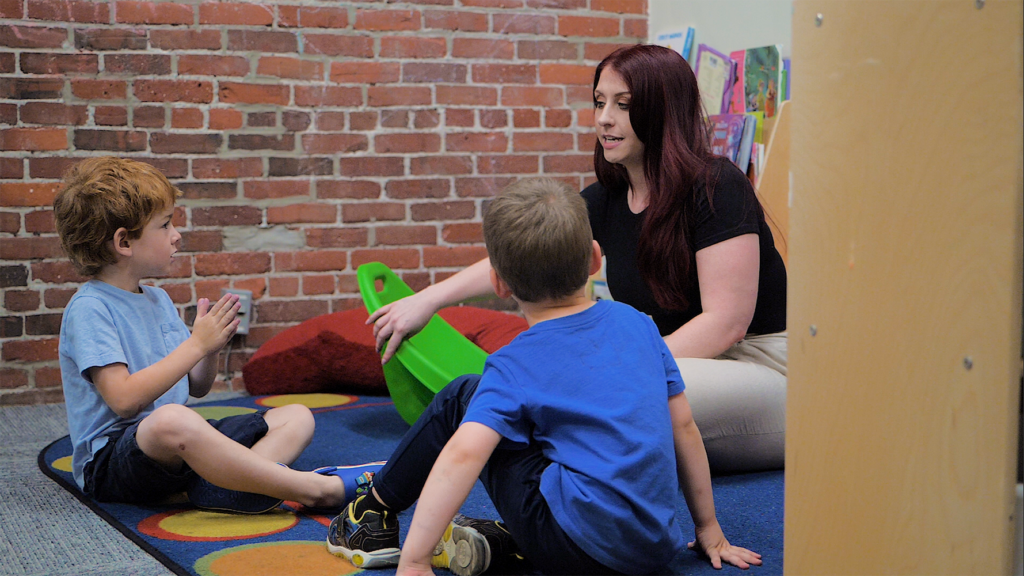December 15, 2025
IEP Strategies To Start the School Year Strong
FEATURED POSTS
December 11, 2025
December 4, 2025
Tips for parents, schools, and providers to work together
If your child has an individualized education program (IEP), the start of a new school year can bring both excitement and a long to-do list. Between fresh school supplies and new routines, it is also the best time to revisit your child’s plan, build strong relationships with the school team, and set up supports for success.
Here are practical ways families, schools, and providers can work together to make the most of the year ahead.
Review Your Child’s IEP
Read your child’s IEP from start to finish. Generally, the IEP from the last school year covers the start of the following year. Review the IEP from the last meeting. Refresh yourself on key details, such as:
- Goals for the year
- Services and supports listed
- The person responsible for each service
- Accommodations in the classroom
Sometimes, it can take a few weeks for schools to get services scheduled, but accommodations should be available and honored at the start of the year. For example, assistive technology should be in place. If any part of your child’s IEP is unclear, ask the school for clarification. Use plain language when talking about goals and services so everyone (teachers, aides, and your child) understands what your child’s plan includes.
Build a Strong Team Connection
An IEP works best when parents, providers, and teachers share the same vision. Early in the year:
- Introduce yourself to your child’s new teacher and any specialists
- Share a short summary about your child’s strengths, challenges, and what works best for them
- Set a preferred method of communication, such as email, phone, or a notebook sent home
Consistent communication helps prevent misunderstandings.
Set Up for Smooth Transitions
Transitions, such as moving between activities, classrooms, or grades, can be tricky for kids on the autism spectrum. Work with the school to:
- Preview new routines or schedules with your child
- Visit the classroom before school starts
- Use visual schedules or social stories to explain changes
When everyone knows what is coming next, children can adjust more easily and with less stress.
Track Progress Together
Do not wait for the annual IEP meeting to check progress. Schedule regular updates with the school and share notes from any outside providers, such as applied behavior analysis (ABA) therapists.
If you notice your child struggling with a goal, request a meeting to adjust supports or strategies. Early changes can help keep your child on track.
Know Your Rights and Resources
Federal law gives children with disabilities the right to a free, appropriate public education, including special education and related services that meet their individual needs.
If you are unsure about your child’s rights, connect with a local advocacy group or parent organization. They can walk you through the process, join you for meetings, and help you get the support you need.
Make It a Team Effort
IEPs are most successful when everyone works together. That includes parents, school staff, and providers. At LEARN Behavioral, we partner with families and schools to apply evidence-based ABA strategies that help children build skills, reach their goals, and thrive in and out of the classroom.
Looking for more support with your child’s IEP this school year?
Our team at LEARN Behavioral can work alongside you and your child’s school to help create a plan that meets their unique needs. Contact us today to learn how we can partner with you to set your child up for success.











